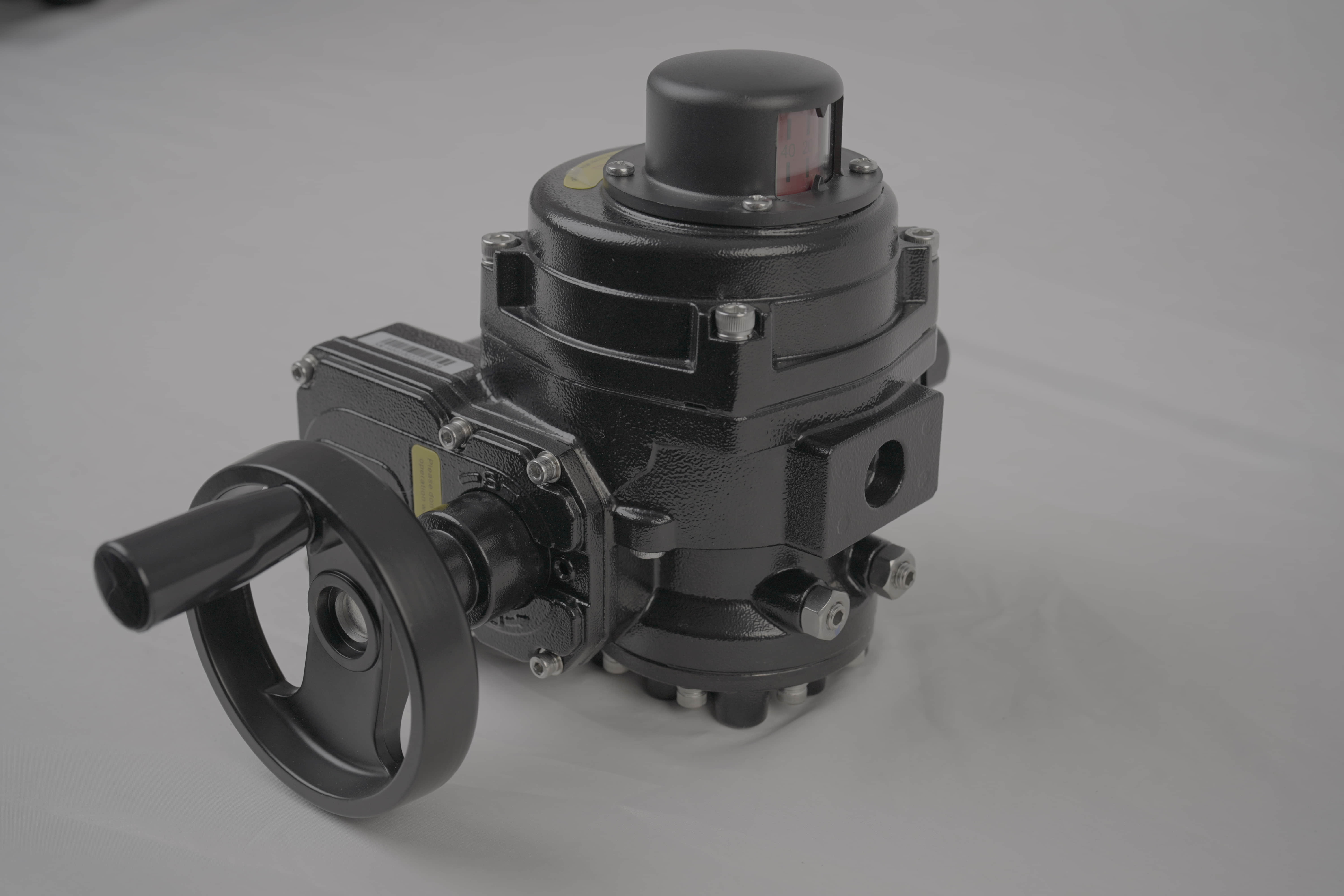understanding the stainless steel lithium battery valve: a key component for safety and performance
Release time:2024-12-15 15:22:29
In the world of modern energy storage, lithium batteries have emerged as the cornerstone of portable and stationary power solutions. While their energy density and longevity make them popular choices for everything from electric vehicles to renewable energy systems, the safety of these batteries is paramount. One critical component that plays a vital role in ensuring battery safety is the stainless steel lithium battery valve. This article delves into the importance, functionality, and benefits of these valves, highlighting their contribution to the overall performance and safety of lithium batteries.

The Role of Valves in Lithium Batteries Lithium batteries operate through electrochemical reactions that generate electricity. However, during operation, especially under extreme conditions, there is a potential for gas generation. This can occur due to several factors, including overcharging, elevated temperatures, and internal short circuits. If these gases are not adequately vented, they can lead to increased pressure within the battery cells, posing a risk of rupture or explosion. This is where the lithium battery valve comes into play.
The valve is designed to control the internal pressure of the battery. It allows gases to escape safely while preventing external contaminants from entering the battery. This function is crucial in maintaining the structural integrity of the battery and ensuring safe operation throughout its lifespan.

